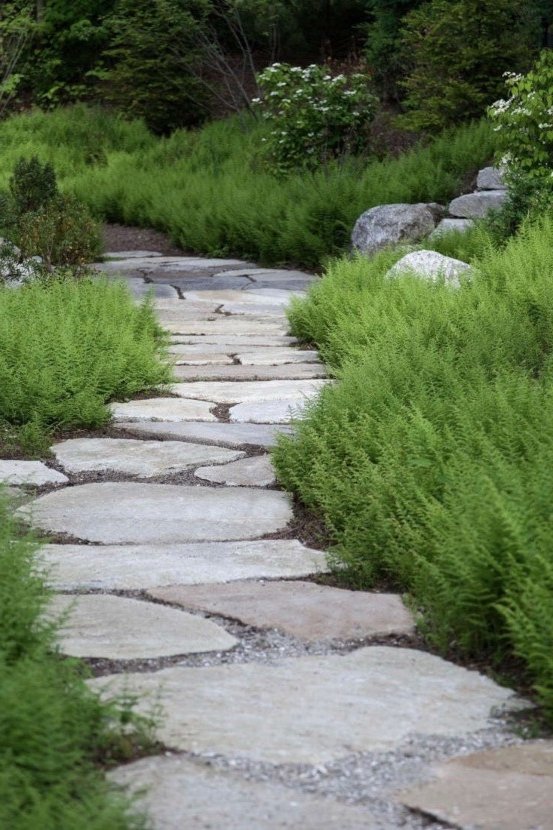Discover how to apply Feng Shui in the garden
You have heard of it. You know that there are many who confer the ability to create environments that positively influence those who inhabit them. Feng Shui is a discipline that is gaining followers in terms of decoration. This millenary Chinese philosophy of Taoist origin advocates the conscious and harmonious occupation of space so that it exerts a positive influence on people. However, its practical application transcends the interiors and following some basic mantras you can apply Feng Shui in the garden.

Orientation and order are two key elements when applying Feng Shui in the garden, a philosophy that aims to create harmonious spaces that invite contemplation.
In practice, this search for harmony is based on the existence of a vital force. What is known as the 'chi' is influenced by factors such as the arrangement of space or the orientation of objects. That said, landscape architecture borrows from the principles of Feng Shui to design gardens that are pure inspiration.

Before starting to work in the field you must be clear that there are different schools of Feng Shui. Although there are differences between them, one of the most interesting tools they use is the Bagua. It is a map that reflects the relationship of energy with the spaces of the home and, consequently, it is basic to organize the objects in each room.
In the garden, the different zones marked by the Bagua have to do with the elements, another key aspect of Feng Shui. In any case, it is advisable to orient it towards the east or, in other words, towards the sunrise.

To apply Feng Shui in the garden correctly you must pay attention to the different elements of Chinese philosophy. Water, earth, wood, fire and metal should be represented to promote the circulation of energies in your outdoor spaces.
The water element corresponds to the northern zone and is usually the ideal place to place a fountain or a pond. This type of resource represents abundance, but the water must be moving. Otherwise, you will be adding negative energy to your garden. If you do not have much space you can always evoke this element through colors like blue or aquamarine.

Another element that cannot be missing is the Earth that, in this case, would be located in the northwest and southeast zone. Here come into play stones, sand or rockeries, another classic of Feng Shui decoration.
Their low energy perfectly complements other more powerful elements and are perfect for creating paths that promote the circulation of energies. The soft and curved shapes are the most recommended, not only for the paths in your garden, but also for the stones themselves.

Water, earth, wood, fire and metal are the essential elements and all of them must be represented in your garden to create the harmonious atmosphere advocated by this discipline.
The east and southeast zone of the garden should be reserved for the wood element or, in other words, trees, flowers, small plants... Living nature is essential in any Zen or Feng Shui style garden.
In fact, the species you choose will have a direct influence on the energies of your exteriors depending on their colors. Pinks and reds, for example, are related to love, while if you are looking to surround yourself with people who are always ready to help, it is better to choose plants with white flowers.

Natural materials also have a place in the decoration of your garden, especially if you are looking to apply the mantras of Feng Shui. In addition to flowers and plants, you can also represent the element of wood through your outdoor furniture.
Chairs, tables, armchairs? Whenever possible, opt for furniture made of non-polluting materials that help you maintain balance and activate positive energies.

Fire (south) and metal (west, northwest) complete the elements that you must take into account to apply Feng Shui in the garden. Some oil torches, candles and even a barbecue may be all you need to represent the first one. Meanwhile, metal opens up a universe of possibilities and is the one that lends itself best to decoration. Round and spherical shapes for lamps, a carillon with six metal tubes, sculptures? There is a lot to choose from.
In any case, remember that the most important thing is to keep your garden clean and tidy, as well as your plants healthy. This is the only way to achieve the harmony you need for the "chi" to circulate freely in your garden.





